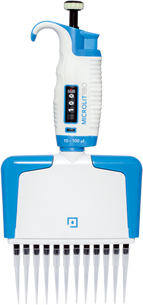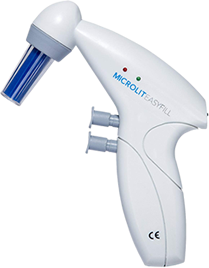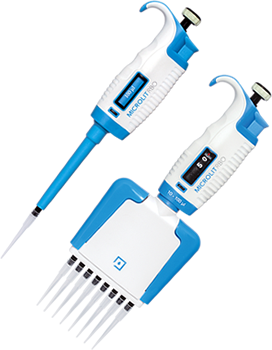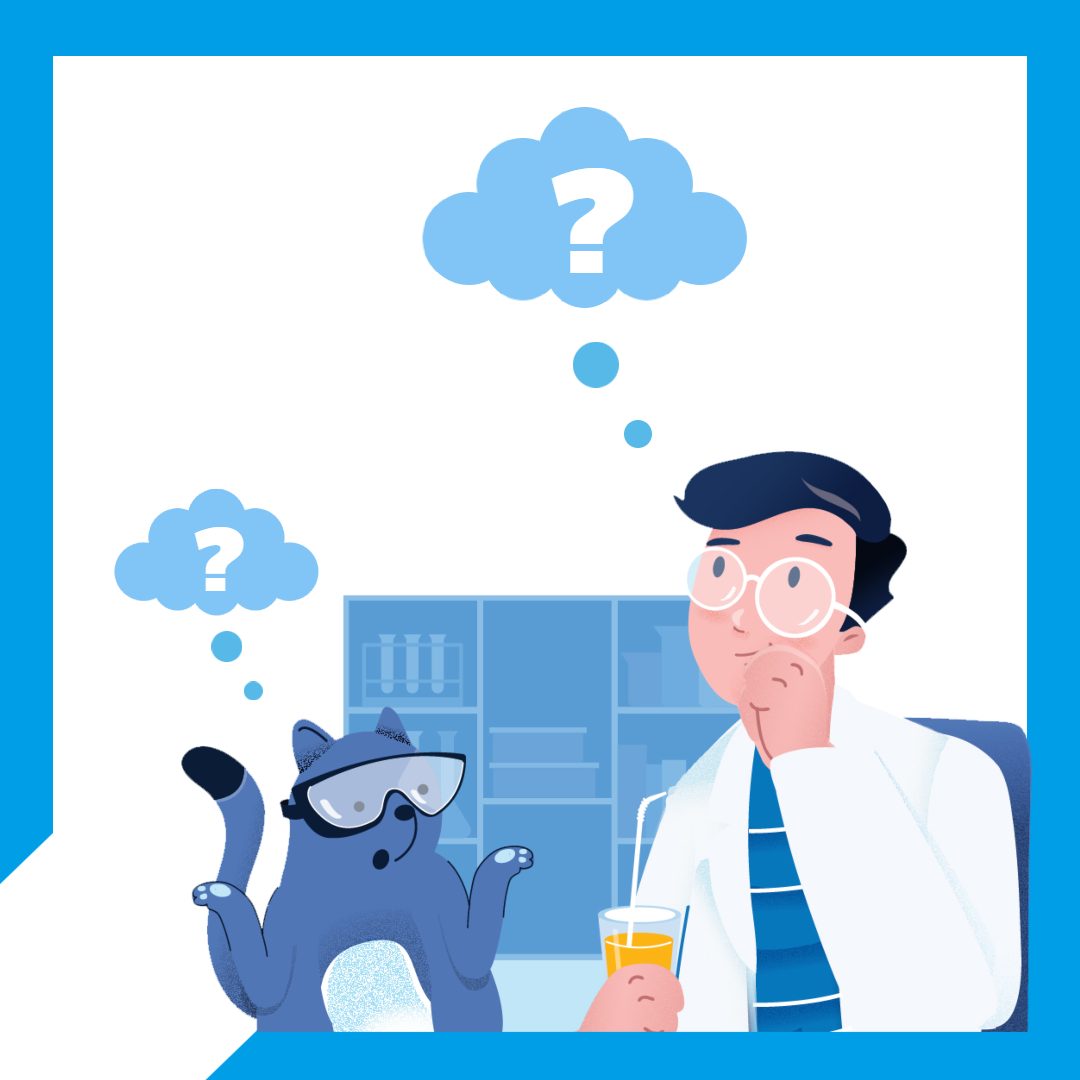If you’ve spent time working in the lab, there is a good chance that you have used an air displacement pipette. An air displacement pipette is without doubt one of the most essential instruments in any diagnostic, research, pharmaceutical, biotechnology or biochemistry lab. In this blog post, you will learn about the driving principle behind air displacement pipettes, the difference from positive displacement pipettes and the need for uAir technology to achieve highest precision with air displacement pipettes.
What is an Air Displacement pipette?
The air displacement pipettes or piston-driven pipettes have a dead volume or air cushion which distinguishes the liquid aspirated in the tip and the piston. A vacuum is maintained in the dead air volume between the piston and the liquid. When the plunger is depressed for dispensing, that dead air is compressed by the piston and the compressed air forces the liquid out of the tip.
How do Air Displacement Pipette differ from Positive Displacement Pipettes?
The operating principle for both types of pipettes is similar. However, in a positive displacement pipette, there is no air cushion between the piston and the aspirated liquid, and the liquid comes into direct contact with the piston’s surface. So, when the plunger is depressed for dispensing, the piston itself forces the liquid out of the tip
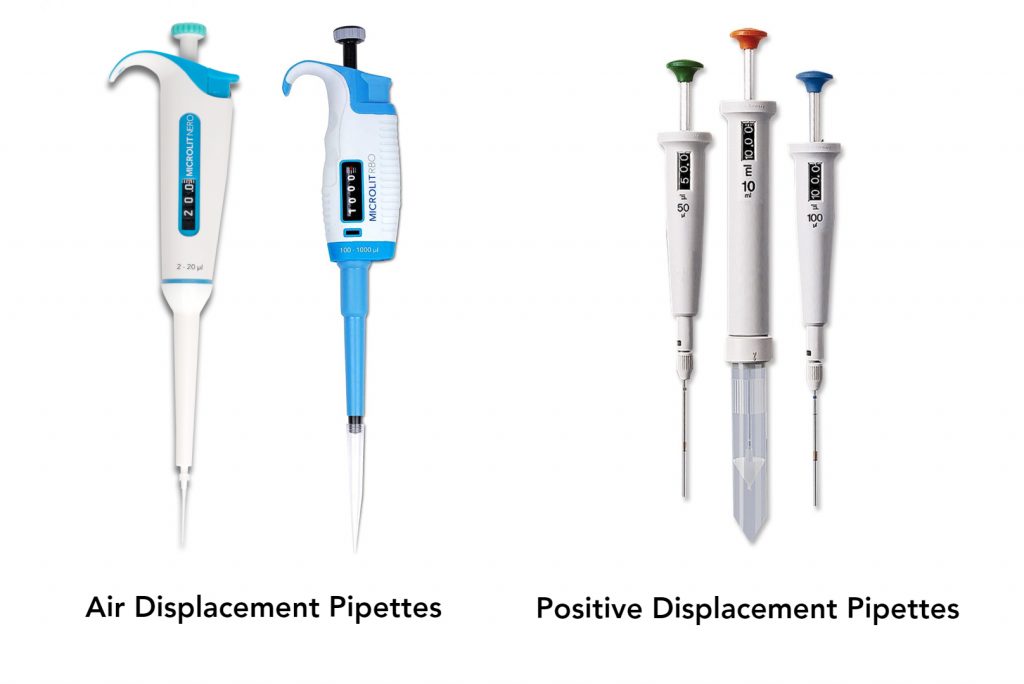
The next section describes the key differences between positive displacement and air displacement pipettes, as well as the fundamental operating concepts between the two.
- Key Differences between Air Displacement Pipettes and Positive Displacement Pipettes:
| S. No | Air Displacement | Positive Displacement |
| 1 | An air cushion is present between the piston and the liquid in the tip, the piston is not in direct contact with the liquid. | The piston is in direct contact with the liquid with no air space between the piston and the liquid. |
| 2 | Liquid aspirated gets affected by the physical properties of the sample due to the dead air space created. | Liquid aspirated is not affected by the physical properties of the sample due to the absence of any air cushion to expand or contract. |
| 3 | The piston moves in a cylinder. | The piston moves in a capillary. |
| 4 | Suitable for aqueous solutions or general lab works. | Suitable for volatile, corrosive, viscous, or dense liquids. |
| 5 | Piston is integrated with the lower part of the pipette. | The piston is not integrated inside the pipette but is held within specialized disposable tips/capillary piston (CP) tips. |
| 6 | Air displacement pipettes aspirate the liquid by depressing the plunger till the first step and dispensing the liquid using a blow-out, expelling the last drop of the liquid from the tip. | Positive displacement pipettes have their piston inside the tip which helps to aspirate the liquid and does not have a blowout step. |
| 7 | Contamination of the liquid is possible. | Cross-contamination of the liquid is not possible as the piston is in contact with the liquid. |
| 8 | Easy to replace tips and cost-effective. | Tips are costly and replacing tips can be time-consuming. |
| 9 | Highly accurate. | More precise. |
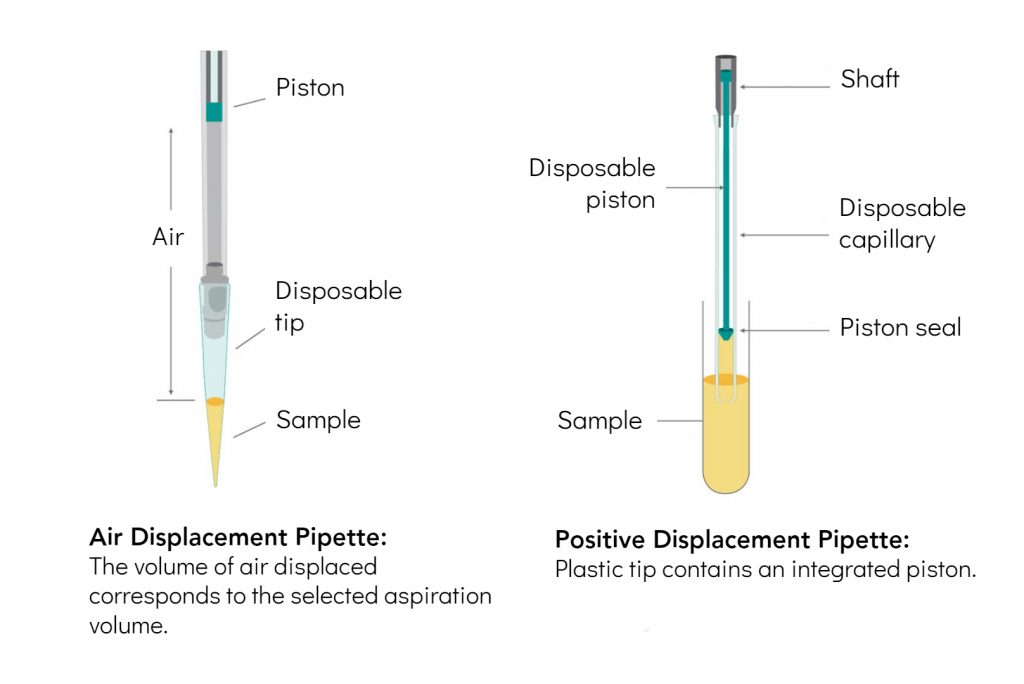
So, the major difference between air displacement pipettes and positive displacement pipettes is that the latter lacks an air interface between the piston and the aspirated liquid. Without an air cushion, measurement accuracy is greatly improved, and even highly viscous, extremely volatile, or hazardous liquid samples can be pipetted with ease. The reason for relative imprecision in air displacement pipettes is that the air compression is not able to transfer the entire force of the piston onto the liquid. There are two areas where dead air is present in an air displacement pipette.
- Between the piston and tip cone
A significant amount of dead air space is present between the piston and tip cone of standard micropipettes. This dead air space may be minimized between the piston and tip cone by optimizing the length of the tipcone exactly to what is required for the movement of the piston at maximum volume setting. Furthermore, the internal diameter of the tipcone may be reduced to align well with the piston and not leave much room for dead air in between the tipcone walls. Microlt’s new range of NERO micropipettes have successfully improved precision of micropipettes by eliminating an extra dead air space employing this methodology during product design.
- Between Piston and Liquid
There is additional dead air space in the tip. This can be minimized by the user by using the lowest volume pipette that is suitable for their application. For instance, if you are pipetting 1µL of the sample, use a 2-5 µL pipette rather than a 20µL one. As volumetric errors are more prominent at low sample volumes, it is important to select a pipette that delivers sample quantities that align with the study protocol. Be sure to choose the smallest possible pipette for handling the sample volume.
Advantages of minimized dead air space:
Here are the few advantages of minimizing the dead air space in a pipette:
- More precise and accurate
- Easy dispensing, especially in lower volume pipettes
- Less liquid retention inside the tip, thereby reducing the dependency on low retention tips, which are costly.
How have we reduced dead air space in Microlit NERO?
Microlit NERO works on the µAir Technology which is based on minimizing the air space between the piston and the tip cone (image 01 and image 02) in both smaller and larger volume pipettes by optimizing the length, ID and design of the tipcones.
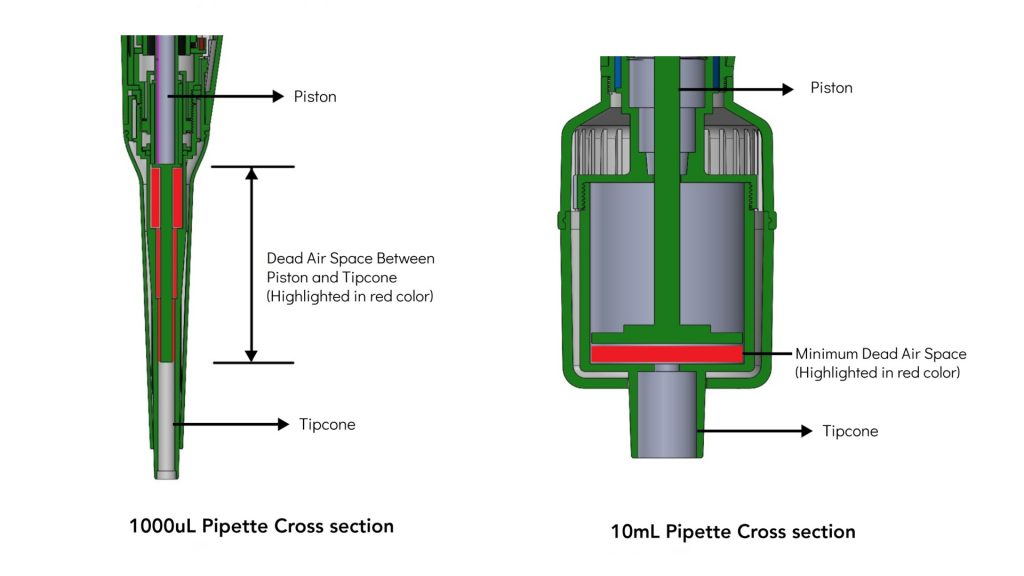
Furthermore, with lower volume pipettes, we have introduced a sleeve (made up of polypropylene) in the tip cone. This sleeve reduces the internal diameter of the tip cone, thereby, compressing more air space between the piston and the tip cone.
To know more about the features and functionality of Microlit NERO, please contact us at info-usa@microlit.com or visit our website Microlit NERO.






 7589
7589

